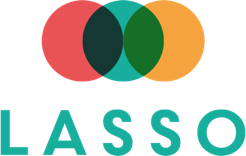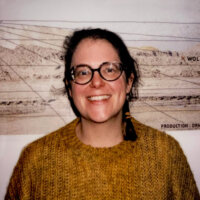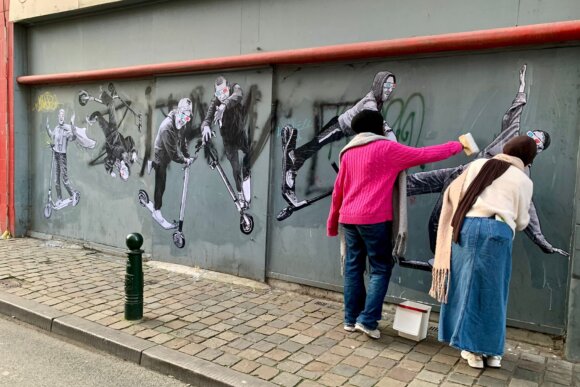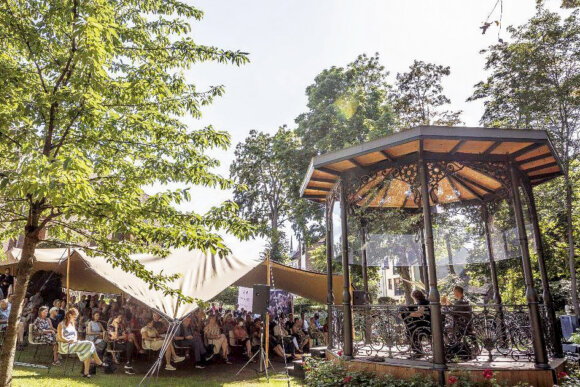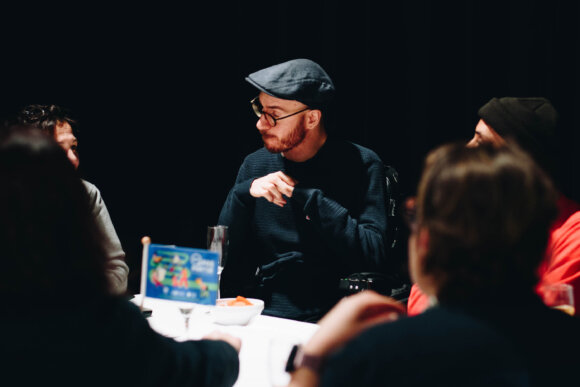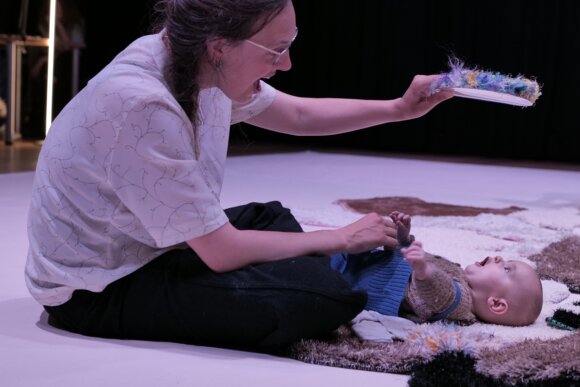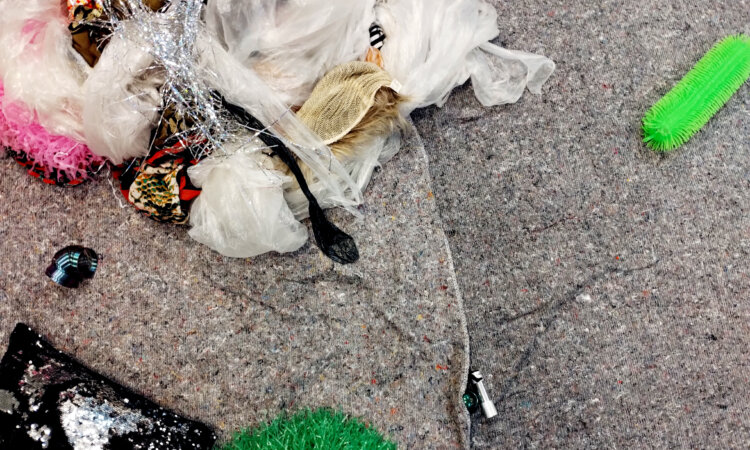
Sensory exploration with a disability
Marijke Van Hassel
After working with groups of adults, last year we accompanied a first Art Inclusive project with youths. To this end, we joined forces with Toop, an organisation that supports young people (aged 12 to 21) with moderate to severe disabilities. They do this on Wednesday afternoons and during the holidays.
The young people are unable to participate in regular leisure activities or special sports camps. Going on outings requires a lot of energy, which means that most activities take place at suitable locations. Throughout the year, this is Zonnelied, but during holiday periods, Toop likes to seek out other places. Collaboration with partners is therefore a must. In the past, they already collaborated with Circus zonder Handen, Leon vzw, MUS-E and Jeugd en Muziek. In order to involve these external partners in their activities, they are always looking for funding...
April 2023. We invite artist Joan Somers Donnelly to meet the group on Wednesday afternoon. Joan's artistic practice lies between performance, visual arts and writing. Through playful encounters and interaction with young people, she wants to create artistic experiences. To break the ice, Joan brings a box full of materials, including balloons, marbles, pieces of fabric... This proved to be a good move: even young people who are less verbally strong can interact in this way. An initial connection is made, from which trust can grow. The partners can further concretise their collaboration for a three-day event during the autumn break.
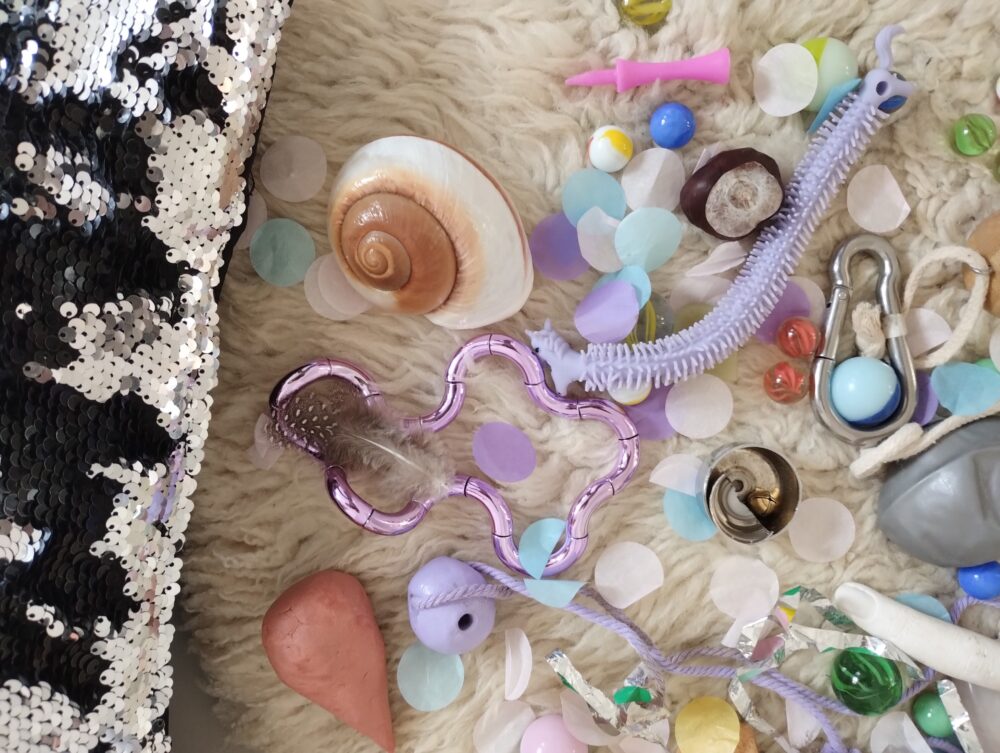
The next step is to thoroughly discuss the care needs of the various young people, the artistic requirements, suitable locations and timing, with clear agreements on consultation and contact moments during the preparation phase. After all, sufficient time is essential for smooth cooperation.
The focus of the project will be 'sensory exploration' as a starting point for improvisation. In this way, the three-day pilot project ties in with Joan's research into what she herself calls 'idio-aesthetics', the idea that everyone has their own sensory, aesthetic curiosities and sensitivities. As an artist, she explores how we can use our idio-aesthetics for experimental improvisation (alone, one-on-one, in a group) with the help of movement, objects, sound, light, etc.
As the autumn break approaches, Joan and Annelies (Toop) are discussing the details. How do young people react to light and dark? Can they get wet? Which stimuli are pleasant and which are not? The supervisors emphasise that an external partner who leads the activity themselves is an ideal scenario. This allows them to give the young people sufficient individual attention. The timing and planning are also being worked out in more detail. Two hours are allocated for each activity, with a gentle start and a calm finish, during which a different form of concentration is applied.
The three-day trial is in line with Joan's research into idio-aesthetics, the idea that everyone has their own sensory, aesthetic curiosities and sensitivities.
Afterwards, Annelies looks back on the process with satisfaction, especially Joan's approach. During three mornings, the artist brought all kinds of materials with her. Together with the young people, she created and explored the theme of 'the underwater world' in the moment. The focus was on experience, stimulating the young people both verbally and through other senses. Collaborations like this allow Toop to enable young people to participate in culture in a safe and comfortable way, whereas a trip to a museum, for example, can present many more barriers.
For Joan, it was an enjoyable challenge that also allowed her to further develop her artistic experience. And the participants enjoyed the experience: the sessions with Joan were clearly stimulating and relaxing. Everyone liked being able to be themselves, without rules.
